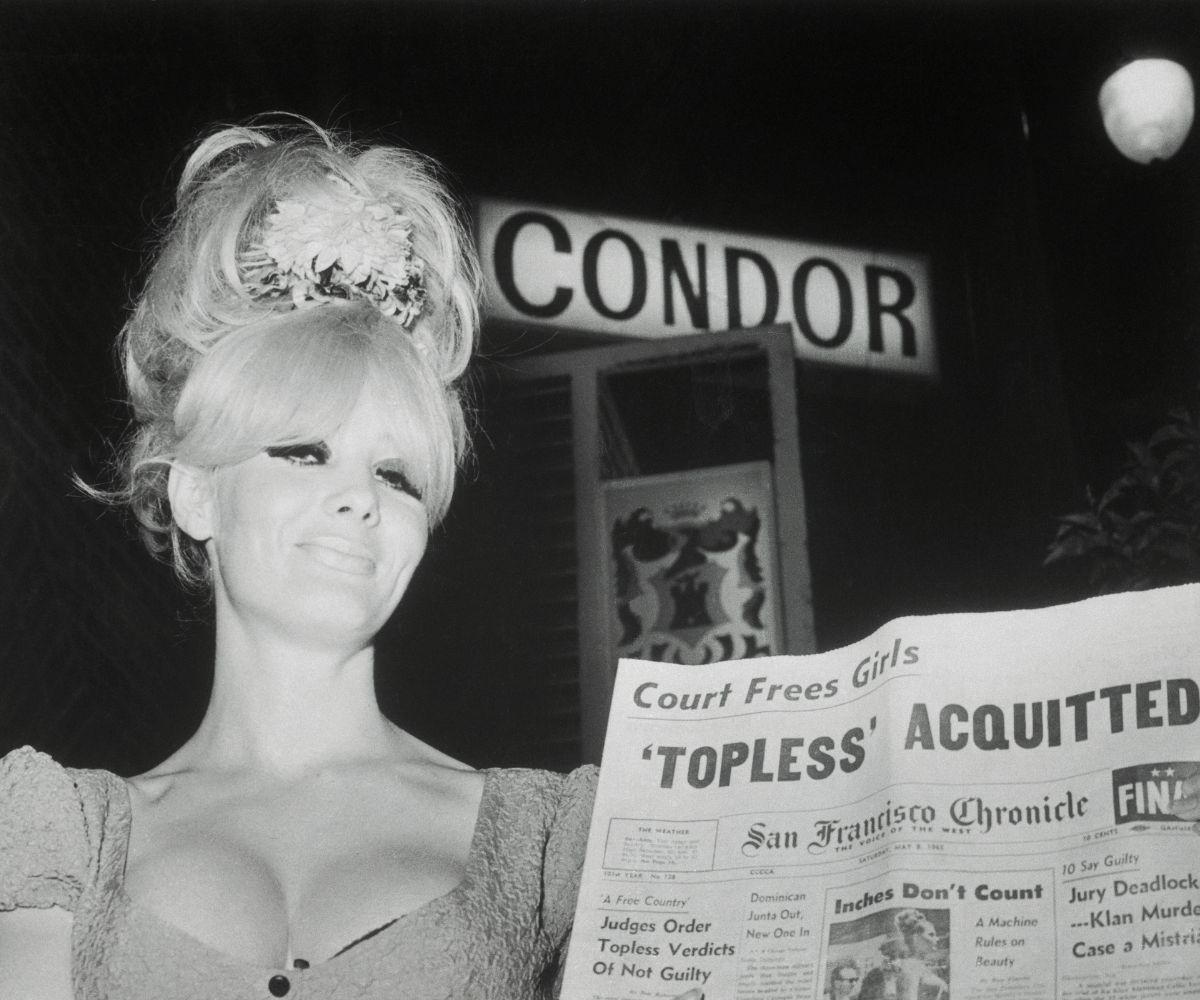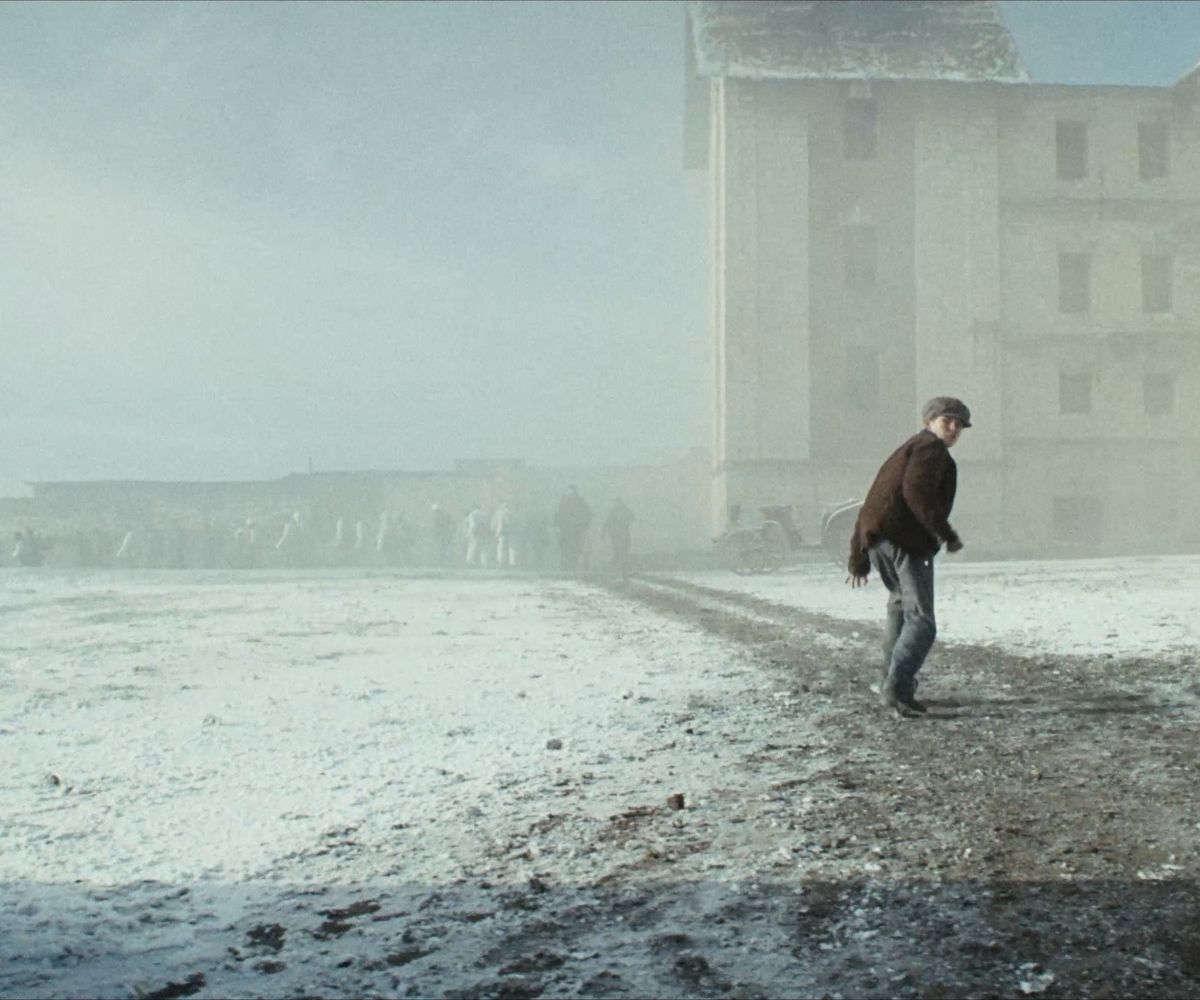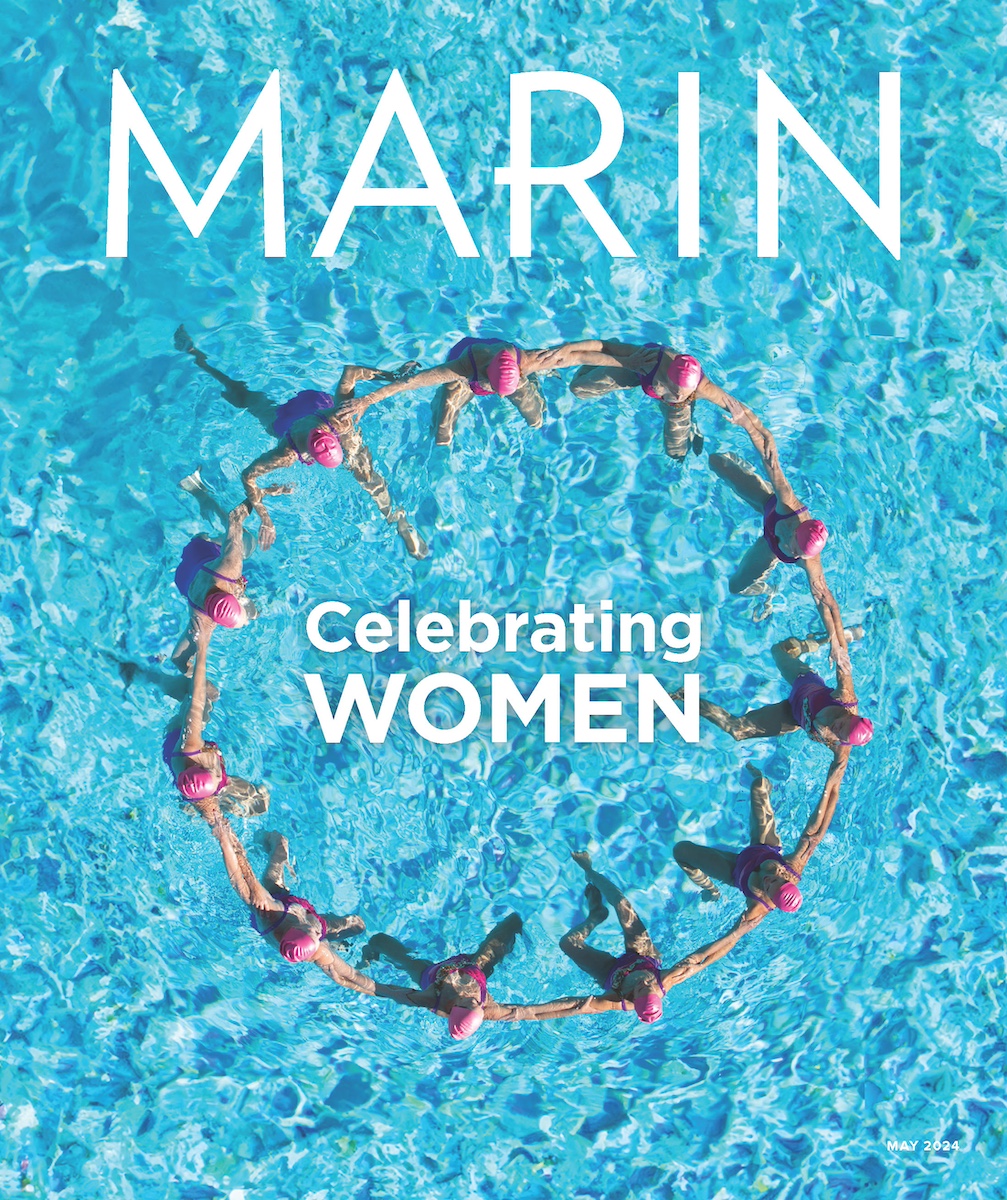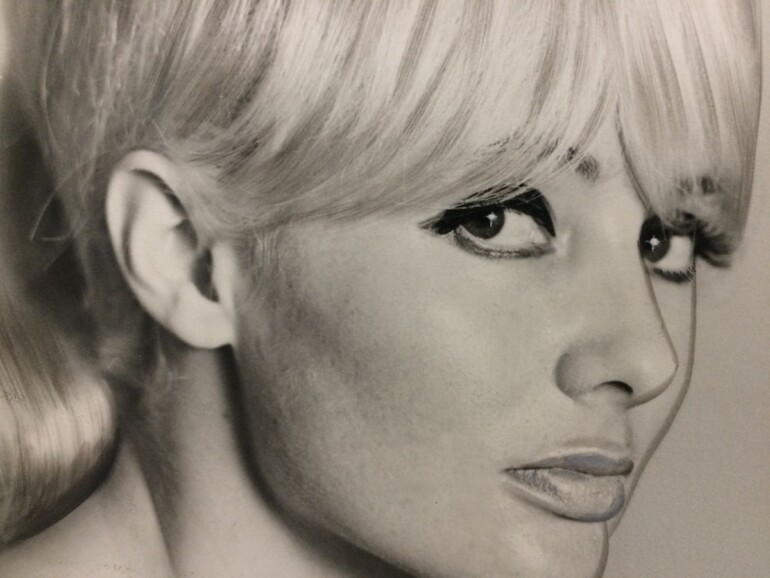Bay Area lore is brimming with so many extraordinary, stranger-than-fiction characters and stories that many of our local legends don’t get the exposure and recognition they deserve. Thankfully, our vibrant local community of filmmakers do a phenomenal job preserving the legacies of some of our most incredible hometown heroes via the wonderful art form that is cinema. These films shine a spotlight on three unsung Bay Area revolutionaries who deserve icon status.
Carol Doda Topless at the Condor

Buried deep in the history of a city full of tech companies striving to change the world with apps and smart devices lies the legend of one woman who sparked a revolution by simply being her unapologetic self. Carol Doda redefined what female empowerment looked like when she became the first dancer in the country to go topless in 1964. Her residency at the Condor Club in San Francisco’s North Beach became the most popular act in the city, garnering excitement and controversy in equal measure as she spearheaded a movement to destigmatize nudity and adult entertainment, turning heads and dropping jaws in her game-changing topless swimsuit, dubbed the “mono-kini.”
Carol Doda Topless at the Condor is a transportive, raucous documentary that recounts Doda’s life, legacy, and sexcapades, painting a vivid picture of ’60s North Beach and the gritty, glamorous personalities that helped define the era. From archival footage of Doda speaking freely about sex with shaky male TV hosts, to news clips of her descending from the Condor’s ceiling on the infamous white piano that would become a piece San Francisco lore in its own right, the film is an unflinchingly honest portrait of a Bay Area icon whose influence is felt to this day.
“Carol Doda occupies a unique place in the history of American culture,” says co-director Jonathan Parker. “[She’s at] the nexus of a number of social change movements — free speech, freedom of expression, the sexual revolution, the women’s movement, and what it meant to be a subversive San Franciscan.”
The 9 Lives of Barbara Dane

Few people have lived a life as full, purposeful and musical as the great Barbara Dane. A jazz/folk/blues singer who crossed paths with some of the most famous and influential figures of the 20th century. Whether it be Bob Dylan or Bonnie Raitt, Louis Armstrong or Lenny Bruce, Barbara’s list of collaborators and admirers loved and respected both her immense musicianship and her commitment to activism.
Directed by Maureen Gosling, The 9 Lives of Barbara Dane tells Dane’s life story over the course of nine decades, weaving stunning archival material with concert footage from a recent live tour. “She is a trailblazer, as a blues and jazz singer, as a feminist and as a political activist,” Gosling says. “She’s been overlooked in American history and we hope the film will help fill in that story.”
The number of incredible moments Dane experienced and created throughout her life is staggering, and Gosling presents them in a ravishing cascade of imagery and music, Dane’s soulful, velvety voice floating above it all. We see her protesting on top of patrol cars, posing as the first white person in Ebony magazine, opening a blues club in North Beach, joining (and getting kicked out of) the Communist Party…this woman has done it all.
“She’s inspiring to others because she always stood up for her beliefs, no matter the consequences,” Gosling says. “And even when it meant she got knocked down, she always managed to pick herself up and keep going — re-inventing herself along the way. Hence, the 9 lives.”
Avenue of the Giants

For 60 years, Herbert Heller hid a secret from everyone he knew, including his family: As a teenager, he survived the Holocaust and escaped Auschwitz. He went on to run Heller’s for Children in San Rafael for 53 years and became an icon of Marin County, ultimately deciding to share his life story with not just his family, but students across the Bay Area, serving as a beacon of empathy and inspiration.
Avenue of the Giants sees screen vet Stephen Lang play Heller in the twilight of his life, diagnosed with a terminal illness and still reluctant to reveal his buried trauma to the world. When he meets a troubled young student named Abbey (Elsie Fisher, Eighth Grade), the two form a bond by sharing their stories with one another, and for the first time, Herbert sees how opening himself up can help change the lives of others in desperate need of affirmation and healing.
Soulful, nuanced performances by Lang, Fisher, and the always-exceptional Robin Weigert make the present-day sections of the film seriously poignant and heartwarming. As for the flashbacks to Heller’s dark past, director Finn Taylor doesn’t shy away from the sheer horror of the atrocities on display. But at the same time, he highlights the beauty of the victims’ lives and their monumental love for one another through the darkest of times.
Herbert Heller passed away in 2021, but his kindness and compassion can still be felt throughout Marin County and the Bay Area, where he touched so many lives with his work. And with Avenue of the Giants, his message will now reach people all across the world.

Bernard Boo is an AAPI arts and entertainment critic, Bay Area native and proud member of the San Francisco Bay Area Film Critics Circle. Find more of his work at PopMatters, Den of Geek and Rotten Tomatoes, and listen to him on the Your Asian Best Friends podcast.


